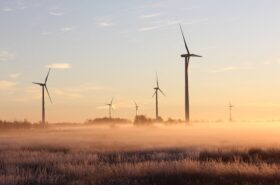Nuclear has a bad reputation. We often think of Fukushima, Chernobyl or even soviet Russia. But nuclear has not only made incredible progress – it’s also shaping up to be a potentially valuable tool in our global fight against climate change. Do nuclear energy pro’s out weigh the cons?
In 2019, nuclear energy contributed to over 10% of the total electricity in the world. For some countries like France, nuclear energy is responsible for more than 70% of their total electricity. As the demand for electricity continues to grow year over year, there is a need to rely on several energy sources to meet this demand.
However, sustainability should be one of the priorities while advocating for alternative energy sources to meet the increasing demands for electricity worldwide. Nuclear energy is one of the cleanest energy sources that we can rely on to power our homes, cities, factories and more now and in the future.
Nuclear has several benefits, which is why it is among the top five energy sources worldwide. It also has a couple of disadvantages that need to be addressed in order to boost the adoption rate of this energy source. In today’s article, we will look at some of the basics of nuclear energy and the benefits and disadvantages of increasing its supply in the world. Let’s jump right in!
What Is Nuclear Energy, And How Is It Generated?
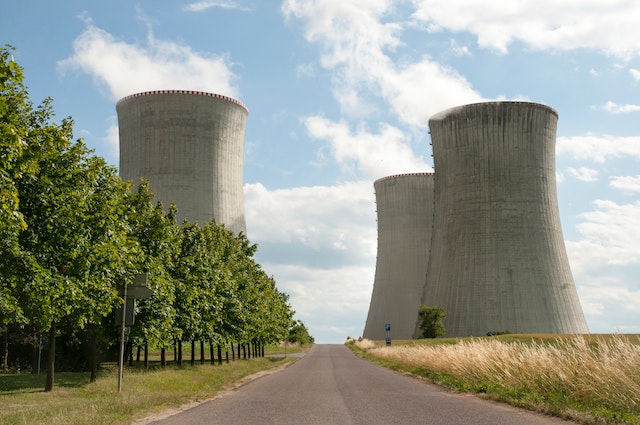
To appreciate the benefits of nuclear energy, it is important to understand how it is generated. Nuclear energy is generated by transforming the nuclear energy in uranium atoms into electricity. This happens through a series of steps. First, a reaction is triggered by firing neutrons at the uranium atoms, causing them to split and release more neutrons.
This reaction releases huge amounts of heat that is used to heat water passing through the reactor vessel. The hot water generates steam that is used by a turbine generator to generate electricity. The entire process of generating electricity using nuclear energy doesn’t involve burning fossil fuels, so it doesn’t lead to greenhouse gas emissions.
Benefits of Nuclear energy
Nuclear is a clean source of energy & nuclear can replace brown energy
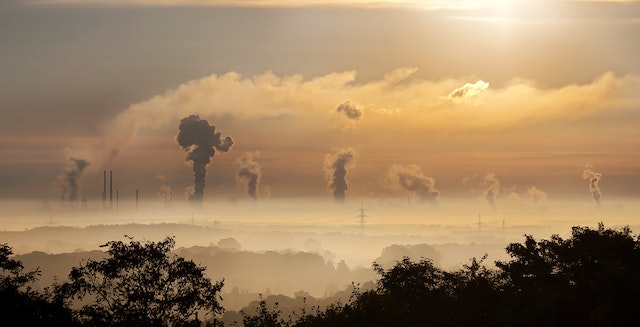
One of the primary reasons we need to adopt more nuclear energy is that its generation process doesn’t involve emitting greenhouse gases responsible for global warming. If we need more clean energy on our national grids, it is essential to increase the supply from clean energy sources such as solar, wind, and nuclear.
As we saw in the previous section, the power generated from nuclear energy plants results from splitting uranium atoms to produce heat energy that heats water to create steam that is used to turn turbines, generating electricity. The byproducts of producing electricity from nuclear plants don’t involve greenhouse emissions.

Most of the emissions generated from nuclear energy are during the construction of the power plants and fuel processing, but not when the actual electricity is generated. So, once the plant is constructed, all the electricity it will generate is carbon-neutral, which is a net positive for our environment.
Nuclear doesn’t require massive amounts of land.

Unlike other clean energy sources like solar and wind, nuclear energy doesn’t require a lot of land to produce a significant amount of electricity. For instance, a 1000 megawatts nuclear power plant needs around 1-square mile to fully operate. To put this in perspective, producing a similar amount of power using solar will require 75 times more space.
To create wind farms, you will need 360 times more land than nuclear energy plants. This makes nuclear energy a more sustainable way to generate electricity as the demand for land continues to grow in the next couple of years. France generates over 70% of its electricity from nuclear plants, so it requires way less land to produce its power than most countries worldwide. Densely populated cities and countries may not have the luxury of creating huge solar or wind power farms, so nuclear energy is one of the best alternatives they have.
Nuclear is reliable
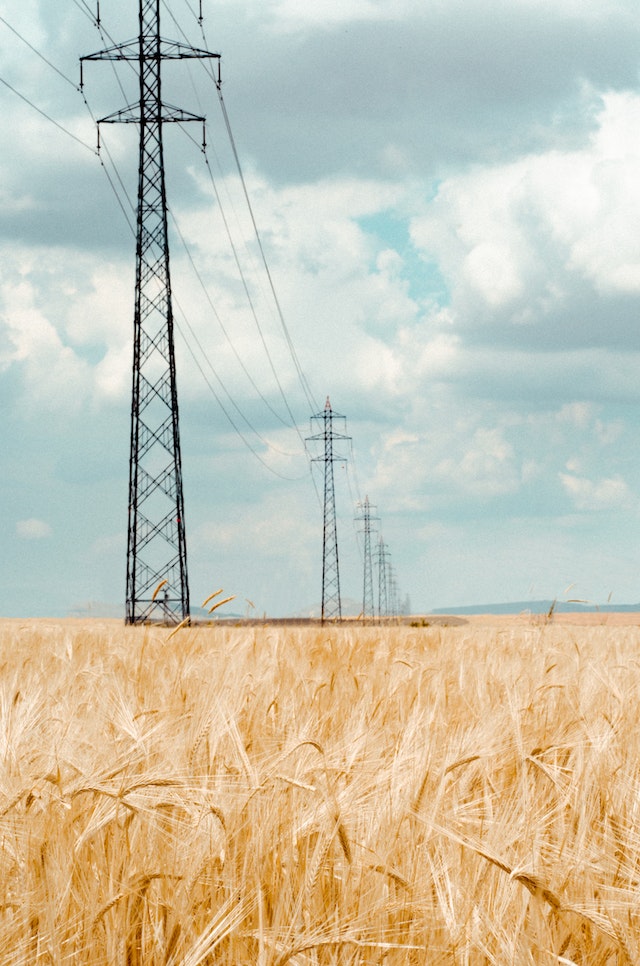
The energy generated from solar and wind power plants usually depends on the day’s weather conditions. For example, solar plants cannot be relied on during the winter and other seasons when the sun is minimal. On the other hand, nuclear energy can be produced almost all times throughout the year.
Data shows that nuclear energy has a maximum capacity factor of 92%. That means nuclear power plants can operate at their full capacity 92% of the time in the year. To put this in perspective, the capacity factor of solar in the US is 24.9%, hydropower is 41.5%, and wind at 34.5%.
This makes nuclear energy the source of energy that we can rely on all through the year. Its production doesn’t depend on the weather of the day or the season of the year. As long as the equipment and all the machines required to generate this energy are in good shape, you will be assured of generating electricity at all times.
If we are to achieve the goal of being carbon neutral by 2050, we need to have reliable sources of energy. Advancing nuclear energy should be one of the priorities for any country that wants to be carbon neutral in the next couple of years.
Nuclear has a strong safety track record

Unlike what most people think about nuclear, it is completely safe to use this energy. Most people associate nuclear energy with nuclear weapons or the rare nuclear accidents (like Fukushima and Chernobyl). While these nuclear disasters were tragic, it is surely not a fair comparison. The first difference is that nuclear disasters are low on aggregate (similar to how plane crashes are tragic, yet aviation is still one of the safest travelling methods when you compare all travel over time). The second difference is that anything powerful can be used for good i.e. instead of using uranium to make weapons, it is instead used to generate energy to boost the national grids by up to 70%, in the case of countries like France.
It also has no risk of radiation that could lead to adverse effects caused by nuclear weapons. Since it is carbon neutral, nuclear energy is also very safe for the environment as its production process doesn’t involve any emission of greenhouse gases like carbon dioxide. The nuclear industry also follows high standards put in place by the different governments to ensure its produced and distributed safely.
Nuclear is a low-cost source of energy.
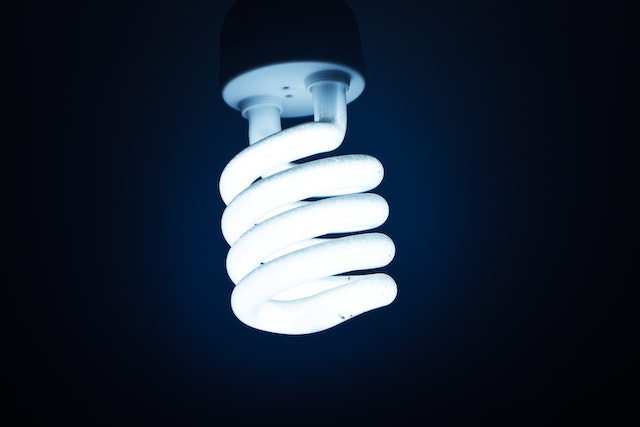
The cost of constructing nuclear plants is very high, thanks to the sophisticated equipment and technology required to convert uranium into usable energy. However, once the power plant is ready, it becomes relatively cheap to generate electricity from it, which lowers the overall cost in the long run. It may not be cheaper than solar or wind energy, but it is cheaper than burning fossil fuels and several other energy sources.
The price of raw materials, especially uranium, used in producing electricity from nuclear power plants, is pretty stable compared to natural gas and coal. This makes it pretty easy to plan the production costs ahead of time. Fuel prices are constantly fluctuating, which creates many uncertainties in the production costs of energy sources that rely on fuel.
It should also be noted that the production cost of electricity from nuclear energy continues to go down as the technology gets better. In the future, the production costs per KWH will gradually decrease as technology improves.
Nuclear has a high energy density

Nuclear energy has a high energy density, which simply means less nuclear fuel is required to produce electricity when compared to other energy sources, such as burning fossil fuels. Studies show that a nuclear fission reaction is ten million times greater than the amount released when burning fossil fuels.
So, it requires less fuel to generate electricity using nuclear energy when compared to burning fossil fuels. This lowers the cost of production of nuclear energy, which is another added advantage. The high energy density is also the reason why nuclear power plants cover less surface area than fossil fuel power plants. A single nuclear power plant has the capacity to generate several megawatts of electricity.
Nuclear is advancing to become a major future energy supply
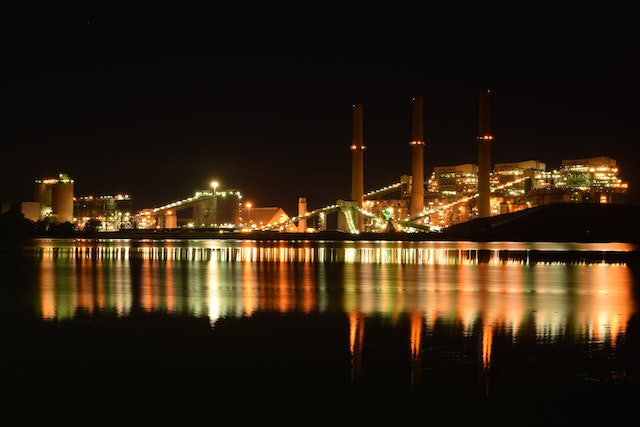
One of the things that some people don’t think about is the fact that the supply of some resources, such as oil and natural gases, is finite. According to study MAHB, the world’s oil reserves will run out by 2052, natural gas by 2060 and coal by 2090. These estimates are based on the current production and the anticipated demand and production of oil-related products.
That means that at some point, we will likely run out of natural gas and oil. It could be within the next 100 years. This creates a need for alternative sources of energy that are more sustainable and infinite in nature. According to research, nuclear energy is one of the energy sources that could be made infinite. Researchers say that if we can find ways to control atomic fusion, we could practically have an unlimited energy supply in the future.
Of course, there is much work that has to be done to figure this out, but at least some progress has been made. Just like wind and solar, we could soon make nuclear energy an infinite source of energy.
Challenges and Limitations of Renewable Energy
Despite the many benefits, there are some real limitations that come with increasing the supply of renewable energy in the world. Human innovation is adept at overcoming these challenges, but each of these hurdles will change the viability of nuclear plants depending on where the energy is needed. Some of the notable ones include the following.
Nuclear is water intensive
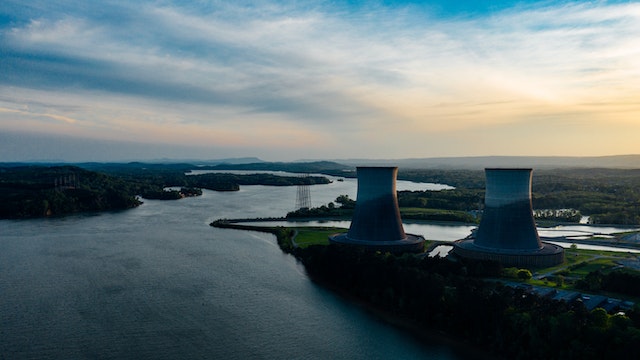
As we saw earlier in the article, producing energy from nuclear power plants involves heating water turned into steam to spin the turbines. This process requires massive amounts of water, which could make nuclear energy unsustainable as the water levels in the different water bodies worldwide are reducing.
Studies have shown that nuclear power plants need around 270-670 gallons of water/MWh, depending on operating efficiency and site conditions. This is more than what coal power plants need. There is a need to find ways to reduce the water required by nuclear power plants to ensure long-term sustainability. A lot of research is already ongoing to find ways of reducing the water needed per Megawatt hour of energy generated in a nuclear power plant.
Nuclear power plants have to be located closer to water bodies
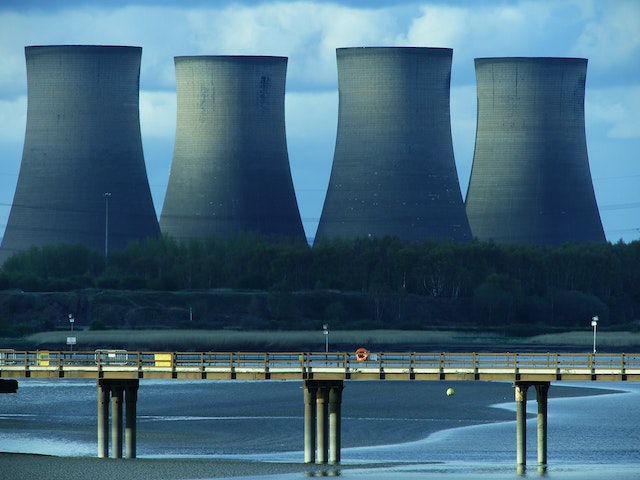
Unlike other renewable energy sources like solar farms that can be located almost anywhere, nuclear power plants should be closer to water bodies to ensure a constant water supply. Putting a nuclear power plant in an area without water in the vicinity can significantly increase the cost of production since water is one of the primary inputs required in generating electricity at these power plants.
Mining & storing uranium is high-risk, expensive & can cause environmental damage

We earlier saw that the production of electricity from nuclear power plants is carbon neutral. However, mining and transporting uranium to nuclear power plants can lead to significant carbon emissions. Mining involves using equipment that usually uses unclean sources to generate the energy required to extract uranium from the rocks.
On top of that, nuclear power plants also cause thermal pollution, which refers to the gradual process of increasing the temperature of the water bodies where these plants are located. These plants use fresh water from the water bodies to condense into the water. This process increases the water used in condensing the steam. But remember, it is later channeled back into the water bodies.
The water channeled back into the water bodies is usually at 370c, which is way above the normal water temperature. This affects the life of living organs in the water. The regions of the water closer to these nuclear power plants are usually inhabitable to most aquatic life.
Final thoughts
As we have seen above, nuclear energy is one of the most sustainable and reliable energy sources. It is also eco-friendly, making it a very important energy source if the world is to be carbon neutral by 2050. We have also looked at some of the limitations of nuclear energy that need to be addressed to make this energy source more sustainable and safer for the environment.
Overall, the future of nuclear energy looks bright, and it will likely contribute more than the current 10% of global electricity in the next couple of years.


